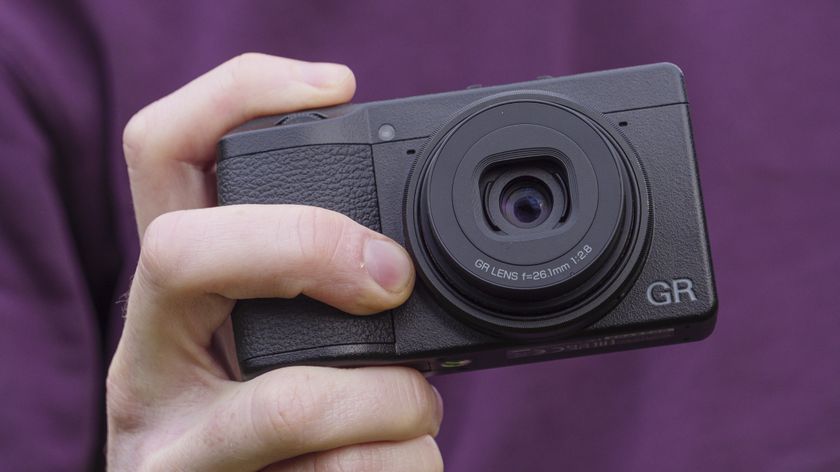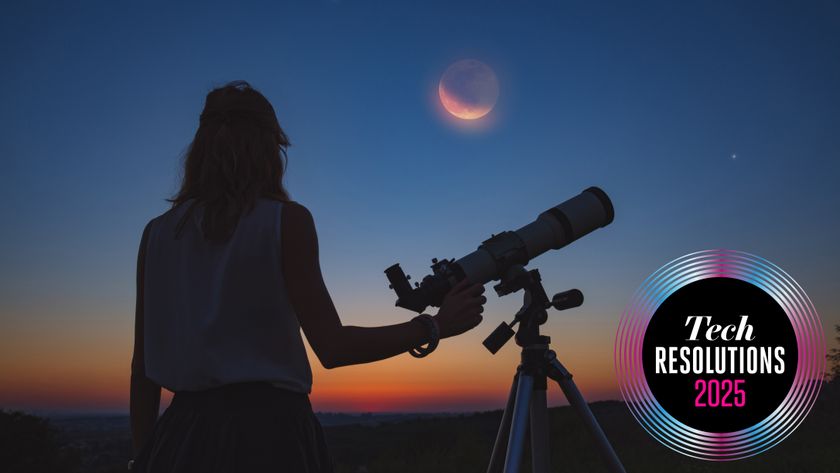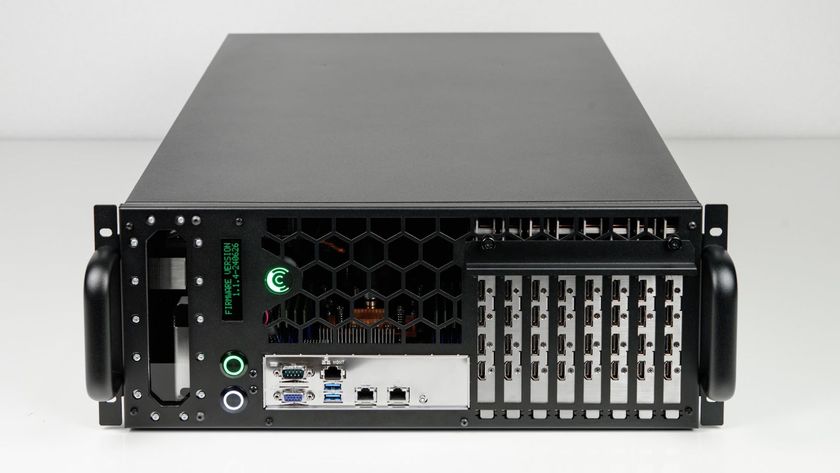14 photo editing tips and tricks every landscape photographer must know
The best tips for landscape photography
Essential photo editing tricks for landscapes: 13 The key to editing in black and white

Pro photographer Paul Gallagher says
When it comes to post-processing, I like to break up my images into individual components the same way you used to do when scanning negatives.
I always have a plan of what I want to do before I start editing, and I calculate this by looking at each individual zone of an image - it might be the sky or a mountainside, or a stream in the foreground - and try to remember what it was like when I was stood on that mountainside and how the light fell.
The goal of my post-processing is for each component of the image to blend into each other. I may want to bring whites down in the sky, or increase the contrast on the mountainside.
The camera has done its job, but not even the histogram is perfect. Taking the picture isn't the end of the journey.
I went to print school for two years to learn how to print photos, and I've carried that knowledge over into Photoshop.
One of the big problems I see with landscapes is an over-reliance on plug-ins and presets. I think people can get carried away with a program sometimes, particularly when using a plug-in that gives you a very specific look.
Get daily insight, inspiration and deals in your inbox
Sign up for breaking news, reviews, opinion, top tech deals, and more.
What happens is that people can then identify a plug-in from your finished look, and stop seeing the image you intended to create.
By dividing my images up into zones, I feel I get a better representation of tones.
I start by pre-sharpening in Camera Raw because its controls are incredibly refined. I then add a little bit of clarity, looking at the blacks and whites to see if I can push these or bring them in, and try to get the histogram as nice as I can get it.
I then open the image in Photoshop, where I'll use simple selections and Curves adjustments. I prefer to use Curves over Levels to darken or lighten areas because it's far more precise.
It allows me to get finer tonal adjustments. I find Levels will pull the blacks and whites too much.
I won't try to reach my finished look in one go. I make adjustments in increments - most of my images have five or six Adjustment Layers.
To help my image's zones blend together I may darken one component's nearest neighbour to make that component look brighter in contrast.
This is why breaking the image down into pieces and studying their relationships is vital.
Most Popular





